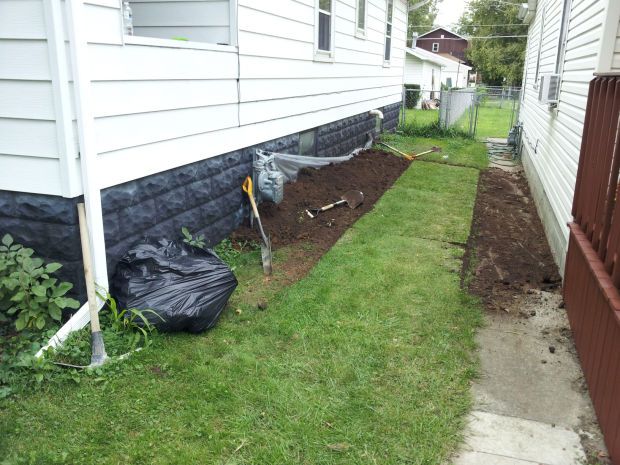Guide to Underground Drainage Systems for Homeowners 2021
A good ground drainage system is one of the most important things to consider when constructing a home or improving a garden, property, and sanitary sewer system that has good water quality. In addition to preventing many undesirable problems, this can protect your health as well.
When a person becomes a homeowner, he or she assumes a lot of responsibilities. There are many aspects of home ownership that may be overlooked, including a home’s underground gutter drain. However, it’s essential to keep a monthly eye on this aspect of the house to avoid a multitude of costly repairs and catastrophic consequences.
It is a rite of passage for many to become homeowners. Some of the new freedoms and responsibilities that come along with home ownership are exciting and life-changing. A homeowner will have plenty of options when it comes to selecting furniture, décor, get-together, and roommates. Having your own house can’t just be about staying up all night or painting your bedroom any color you like. There will be excess rainwater or a water flow that will go to the gutter system.

Got Drainage Problems? Don’t worry, Gutter Medics will assist you.
Contact Us Today! (630) 922-3131
Drainage Pipeline Installation
How to Dig a Drainage Trench
The trench should have a width equal to the pipe size plus 300mm (normally 110mm in domestic situations). A trench width of 410mm is, therefore, necessary for a standard 110mm pipe. A bucket of this size is a standard feature on many small diggers for this reason.
If you remove all sharp stones and flints during trench digging, you can reuse the material that you dig up for backfilling. When sieving the soil, be sure that there are no stones and that it is fine. Using clay or heavy soils as a backfill is not recommended.
This method may be used in the bottom of the trench is free from stones, but it is usually adopted if granular materials, such as pea shingle, are used. It is best to buy shingles that are no bigger than 10mm in diameter when purchasing this material.
Preparation of the Pipe
Hand-cutting of pipes using a fine-toothed saw is required. There are two types of underground drainage pipes, those with socket ends and those with chambered ends. A drainage sales representative specifically recommends that you always chamber the ends of cut pipes if you want them to fit.
The rasp can be used for this as well as a file. With an uncut, square, rough-end pipe, you have an increased risk of damaging or losing the seal while insertion into a fitting or inspection chamber. In the same way, each joint should be lubricated with proprietary silicone lubricant to ensure smooth fitting insertion.
Installing the Pipes
As described in the previous section, pipe laying should take place on fine soil or a granular bed. Standard domestic installation should include a fall of 1 in 40 in pipe layout. Accordingly, for every 40 meters the pipe travels horizontally, it should drop 1 meter vertically. As long as the 1 in 40 rule is followed, it does not matter whether the measurement is metric or imperial – a 1-foot drop in a 40-foot horizontal run is the same.
The liquid that falls at this level is sufficient to carry away solid matter, which means the pipes have a self-cleaning effect. Solids cannot be carried away by a pipe run that is too shallow to achieve sufficient flow.
In the other case, if the pipe fall is too great, the liquids may flow too rapidly and solids will be left behind. Eventually, this will cause a blocked pipe, there will be excess rainwater or a water flow that will go to the seamless gutter system. A rainwater harvesting system is a good investment too, it can be a drainage solution to a storm drain or excess of water.
Trench Filling
Covering Trench filling materials from Drainage Sales can be used to side fill and backfill trenches around pipes. Similarly, granular material leftover from the pipe bedding can be used in the pipe bedding.
To compaction soil mechanically, at least 300mm of soil must be filled over the top of the pipe. It would probably be prudent to protect the pipe from future damage by building a paving slab above and below the pipe. This will prevent items like gardening forks from damaging the pipe.

